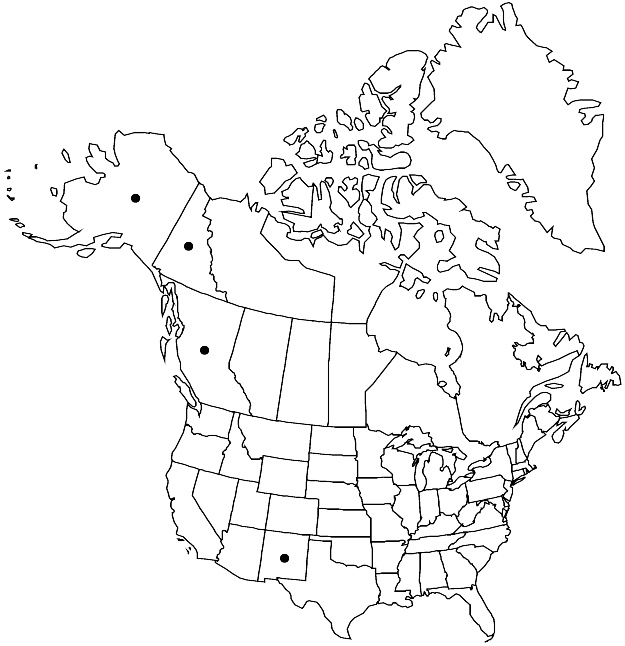Difference between revisions of "Claopodium pellucinerve"
Bryologist 3: 19. 1900.
FNA>Volume Importer |
imported>Volume Importer |
||
| (6 intermediate revisions by 2 users not shown) | |||
| Line 9: | Line 9: | ||
|special_status={{Treatment/ID/Special_status | |special_status={{Treatment/ID/Special_status | ||
|code=F | |code=F | ||
| − | |label= | + | |label=Illustrated |
}} | }} | ||
| − | |basionyms={{Treatment/ID/ | + | |basionyms={{Treatment/ID/Basionym |
|name=Leskea pellucinervis | |name=Leskea pellucinervis | ||
|authority=Mitten | |authority=Mitten | ||
| + | |rank=species | ||
| + | |publication_title=J. Proc. Linn. Soc., Bot., suppl. | ||
| + | |publication_place=2: 130. 1859 | ||
}} | }} | ||
|synonyms={{Treatment/ID/Synonym | |synonyms={{Treatment/ID/Synonym | ||
|name=Claopodium subpiliferum | |name=Claopodium subpiliferum | ||
|authority=(Lindberg & Arnell) Brotherus | |authority=(Lindberg & Arnell) Brotherus | ||
| + | |rank=species | ||
}} | }} | ||
|hierarchy=Leskeaceae;Claopodium;Claopodium pellucinerve | |hierarchy=Leskeaceae;Claopodium;Claopodium pellucinerve | ||
| Line 32: | Line 36: | ||
|elevation=low to high elevations | |elevation=low to high elevations | ||
|distribution=B.C.;Yukon;Alaska;N.Mex.;Mexico (Distrito Federal;Durango);Asia (China;India;Japan;Korea;Pakistan). | |distribution=B.C.;Yukon;Alaska;N.Mex.;Mexico (Distrito Federal;Durango);Asia (China;India;Japan;Korea;Pakistan). | ||
| − | |discussion=<p>A collection of Claopodium pellucinerve reported from Arizona (A. B. Johnsen 1969, 1978) was determined to be Anomodon rostratus. In southwestern United States, C. pellucinerve can be confused with small, depauperate material of A. rostratus. C. pellucinerve is distinguished from A. rostratus by its inclined capsules, plane leaf margins, and simple papillae as opposed to erect capsules, revolute leaf margins, and slightly branched papillae.</p> | + | |discussion=<p>A collection of <i>Claopodium pellucinerve</i> reported from Arizona (A. B. Johnsen 1969, 1978) was determined to be <i>Anomodon rostratus</i>. In southwestern United States, <i>C. pellucinerve</i> can be confused with small, depauperate material of <i>A. rostratus</i>. <i>C. pellucinerve</i> is distinguished from <i>A. rostratus</i> by its inclined capsules, plane leaf margins, and simple papillae as opposed to erect capsules, revolute leaf margins, and slightly branched papillae.</p> |
|tables= | |tables= | ||
|references= | |references= | ||
| Line 41: | Line 45: | ||
-->{{#Taxon: | -->{{#Taxon: | ||
name=Claopodium pellucinerve | name=Claopodium pellucinerve | ||
| − | |||
|authority=(Mitten) Best | |authority=(Mitten) Best | ||
|rank=species | |rank=species | ||
| Line 54: | Line 57: | ||
|publication title=Bryologist | |publication title=Bryologist | ||
|publication year=1900 | |publication year=1900 | ||
| − | |special status= | + | |special status=Illustrated |
| − | |source xml=https:// | + | |source xml=https://bitbucket.org/aafc-mbb/fna-data-curation/src/2e0870ddd59836b60bcf96646a41e87ea5a5943a/coarse_grained_fna_xml/V28/V28_531.xml |
|genus=Claopodium | |genus=Claopodium | ||
|species=Claopodium pellucinerve | |species=Claopodium pellucinerve | ||
Latest revision as of 21:36, 5 November 2020
Plants to 4.5 cm, in loose mats, dark green to yellowish. Stems irregularly branched, densely papillose; paraphyllia few, scalelike. Leaves ovate-lanceolate, 1–1.5 mm; margins entire, limbidium absent; apex tapering, hair-point present; costa to leaf length, abaxial surface papillose; distal medial laminal cells elliptic to rhomboidal, 15–25 µm, densely multipapillose. Seta 1.2–1.5 cm, smooth. Capsule inclined to horizontal, oblong, 1–2 mm; operculum conic, short-rostrate. Spores 15–21 µm, lightly papillose.
Habitat: Pockets or crevices of shaded cliffs, limestone boulders, humus at cliff bases
Elevation: low to high elevations
Distribution

B.C., Yukon, Alaska, N.Mex., Mexico (Distrito Federal, Durango), Asia (China, India, Japan, Korea, Pakistan).
Discussion
A collection of Claopodium pellucinerve reported from Arizona (A. B. Johnsen 1969, 1978) was determined to be Anomodon rostratus. In southwestern United States, C. pellucinerve can be confused with small, depauperate material of A. rostratus. C. pellucinerve is distinguished from A. rostratus by its inclined capsules, plane leaf margins, and simple papillae as opposed to erect capsules, revolute leaf margins, and slightly branched papillae.
Selected References
None.
